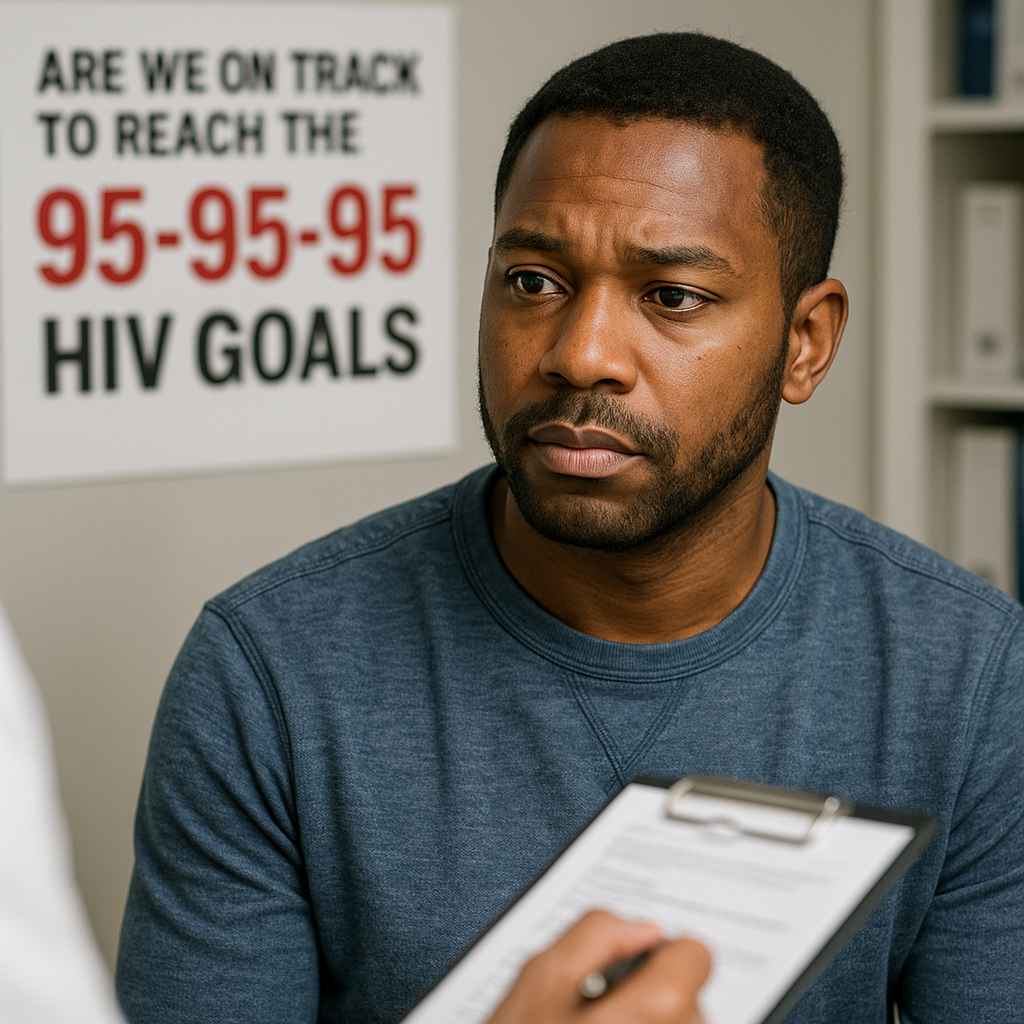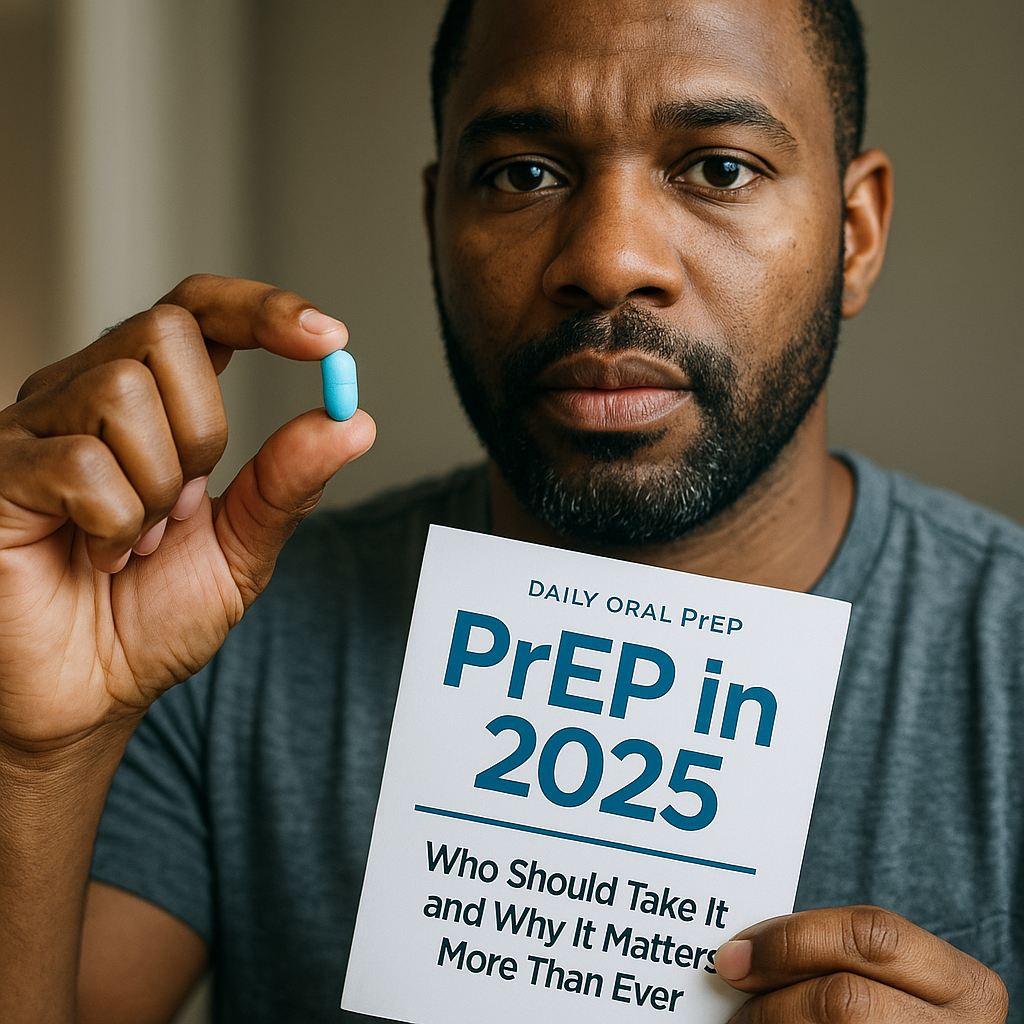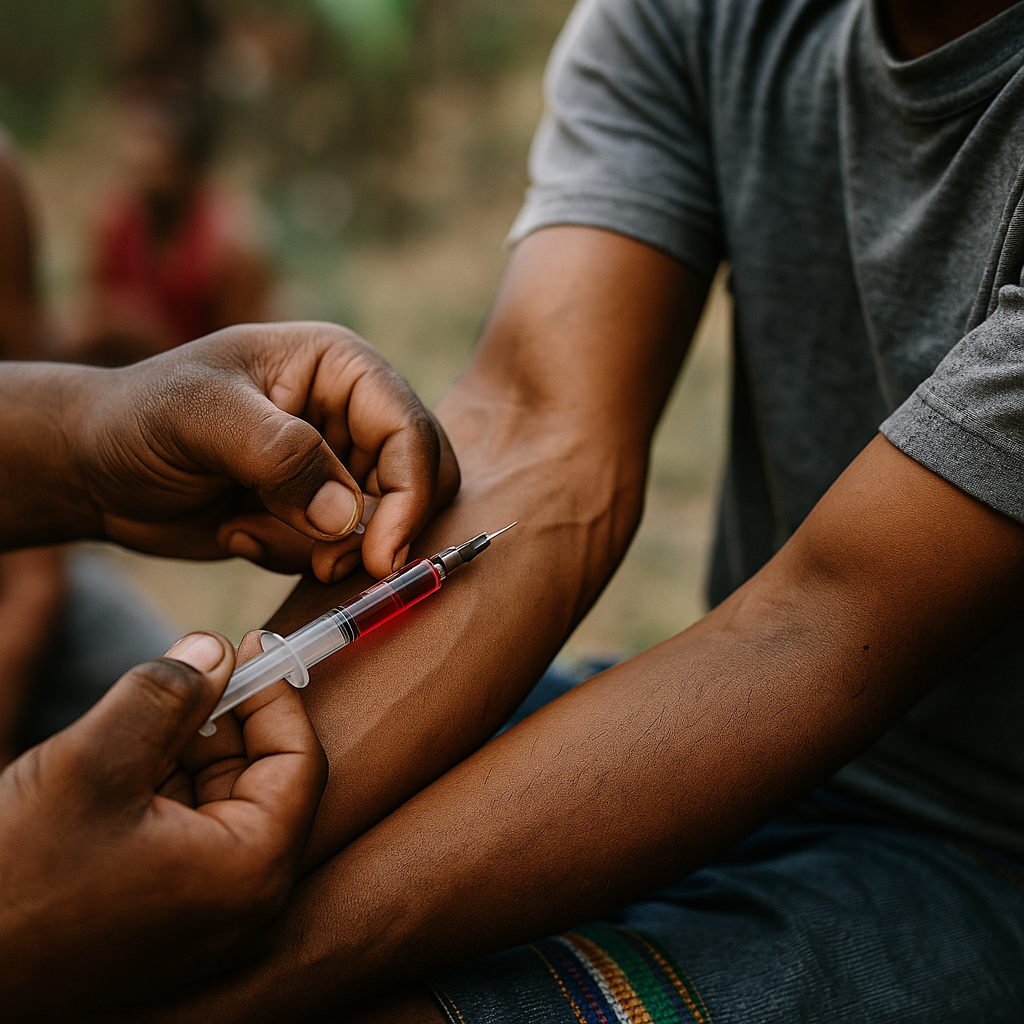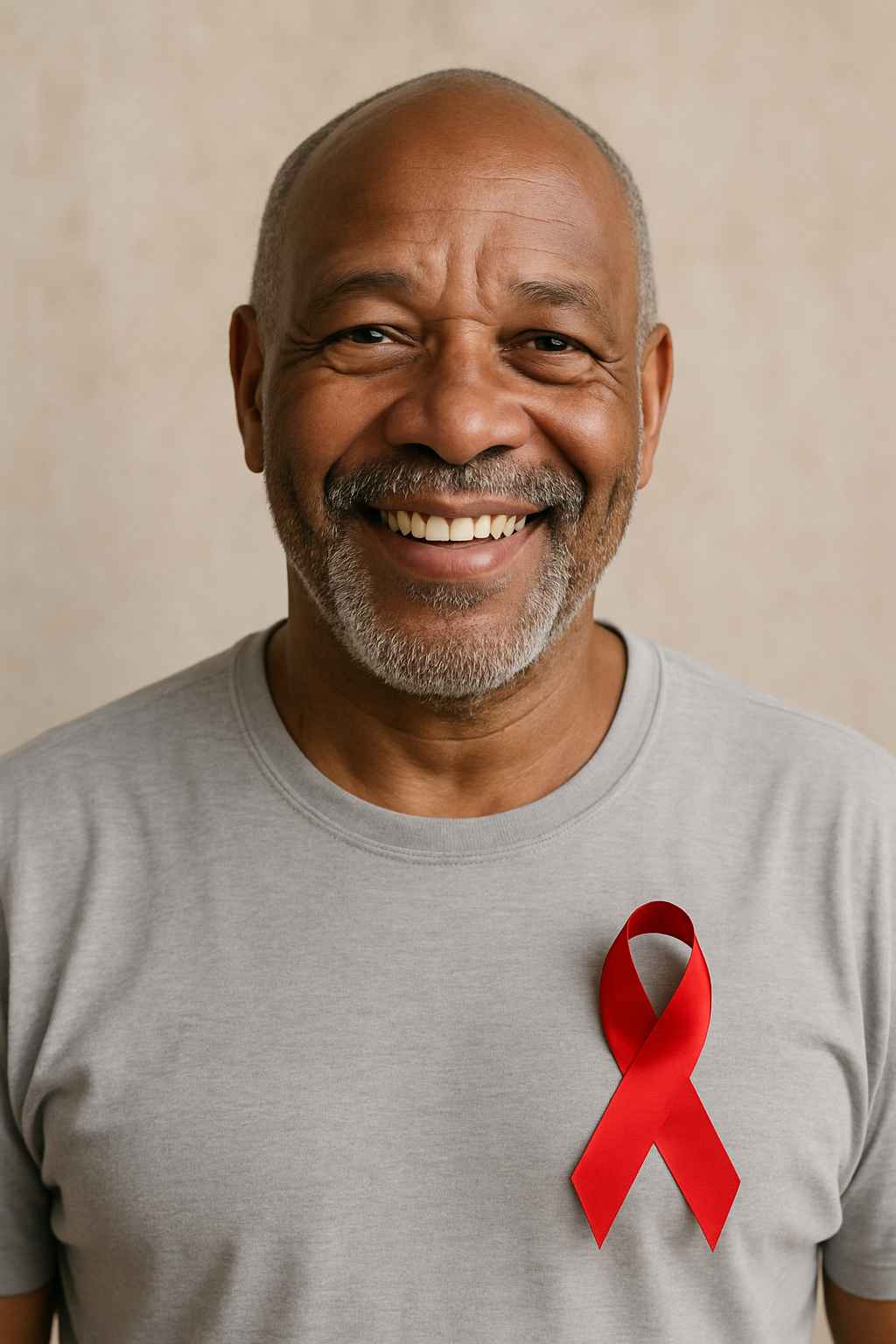What will it take to end the HIV epidemic once and for all? The UNAIDS 95-95-95 targets set a bold vision: that by 2030, 95% of all people living with HIV will know their status, 95% of those diagnosed will receive sustained antiretroviral therapy (ART), and 95% of those on ART will achieve viral suppression. But in 2025, how close are we to this goal?
Table of Contents
- What Are the 95-95-95 HIV Goals?
- Global Progress: Who’s Leading and Who’s Lagging?
- Barriers to Reaching the Targets
- Solutions That Could Close the Gap
- Conclusion
- FAQs
What Are the 95-95-95 HIV Goals?
Set by UNAIDS, the 95-95-95 goals aim to create a world where HIV is no longer a public health threat. These benchmarks build on earlier targets (like 90-90-90) and emphasize the full care continuum: diagnosis, treatment, and viral suppression. If achieved globally, these goals could dramatically reduce new infections and AIDS-related deaths.
But reaching these numbers isn’t just about statistics. It’s about equity, access, and systemic change. Countries that meet these targets will not only save lives but also normalize HIV care as part of standard healthcare, reducing stigma in the process.
Global Progress: Who’s Leading and Who’s Lagging?
Progress is uneven across the globe. As of 2025, some high-income and middle-income countries have made significant strides. For instance, Botswana, Eswatini, and the UK have already hit or exceeded the 95-95-95 benchmark. Their success is driven by community-centered care, political commitment, and integrated health systems.
However, other regions are falling behind. In parts of Eastern Europe, Central Asia, and West and Central Africa, testing coverage remains below 75%. Without knowing their status, individuals cannot access life-saving treatment. Additionally, a lack of reliable viral load monitoring hinders efforts to confirm suppression among those on ART.
You can explore how different countries are performing on HIV targets via Healthcare.pro, which tracks health equity and global HIV metrics.
Barriers to Reaching the Targets
Why are some areas still struggling? The answer lies in a combination of structural, social, and economic barriers.
Stigma and Discrimination
Many people avoid testing or treatment due to fear of being outed, judged, or even criminalized. LGBTQ+ individuals, people who inject drugs, and sex workers often face legal and social barriers that prevent access to care.
Underfunded Health Systems
In lower-income countries, HIV care is often donor-dependent. Cuts to global funding (as noted in the 2025 Global AIDS Update) are putting vital programs at risk.
Limited Access to Diagnostics
Even when treatment is available, lack of access to quality testing and viral load monitoring prevents full implementation of the 95-95-95 model.
Solutions That Could Close the Gap
Despite challenges, innovative solutions are showing promise. Here’s what could help push more regions toward the finish line:
1. Scale-Up of HIV Self-Testing
Self-tests are empowering more people—especially in rural or stigmatized areas—to learn their status in private. This reduces delays in diagnosis and connects individuals to care faster.
2. Integration with Primary Care
By embedding HIV services into general health systems, countries can destigmatize care and improve continuity. Integrated services also optimize resource use.
3. Community-Led Interventions
Peer-led initiatives have proven especially effective at reaching vulnerable populations. These programs often outperform top-down models because they’re trusted, inclusive, and tailored.
4. Sustainable Financing
Donor funding remains crucial, but domestic investment is growing. Countries like Rwanda and Thailand are demonstrating how localized funding can sustain long-term progress.
For policymakers, healthcare professionals, and advocates, the roadmap is clear—but action must be swift. Otherwise, the vision of ending the epidemic will slip out of reach.
Conclusion
Reaching the 95-95-95 HIV goals by 2030 is possible, but not guaranteed. While some nations are leading the way, others need intensified support, smarter funding, and community-led approaches to close the gap. It’s not just a numbers game—it’s a matter of global health equity, political will, and compassion. Together, we can still end HIV as a public health threat in our lifetime.
FAQs
What are the 95-95-95 HIV goals?
They are UNAIDS targets aiming for 95% of people with HIV to know their status, 95% of those diagnosed to receive treatment, and 95% of those treated to reach viral suppression by 2030.
Why is viral suppression important?
Viral suppression means the amount of HIV in the blood is very low, reducing the risk of transmission and allowing individuals to live long, healthy lives.
Which countries have reached the 95-95-95 targets?
Botswana, Eswatini, and the United Kingdom are among the few that have achieved or exceeded these targets as of 2025.
What is the biggest barrier to reaching these goals?
Stigma, underfunding, and lack of access to testing and treatment are major obstacles in many regions.
How can I support the global HIV response?
You can advocate for policy change, donate to organizations fighting HIV, and help spread awareness. For help or guidance, visit Healthcare.pro.
This content is not medical advice. For any health issues, always consult a healthcare professional. In an emergency, call 911 or your local emergency services.




